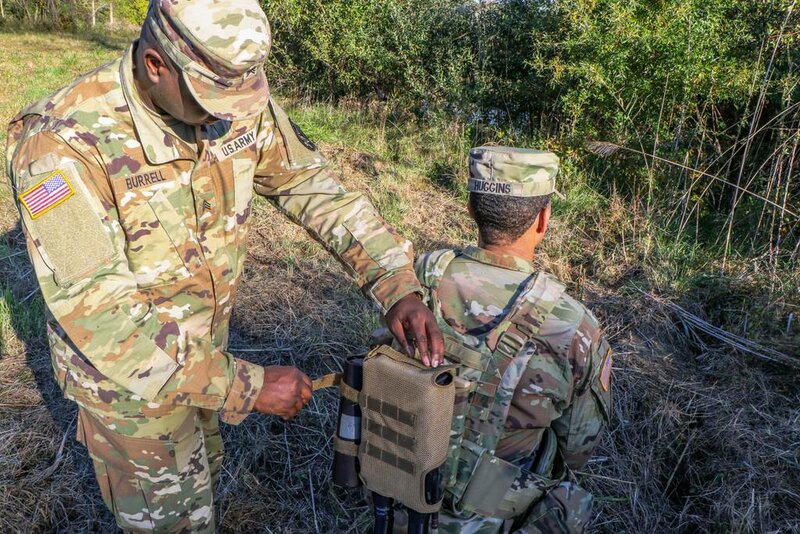Posted on Apr 16, 2022
Power struggle: How the US Army is tackling the logistics of battlefield electricity
2.29K
19
4
10
10
0
Edited >1 y ago
Posted >1 y ago
Responses: 2
To help build the needed infrastructure, the Army is rapidly developing technology that would work toward a widely electrified battlefield.
The service is already fielding generators that provide better fuel efficiency, system reliability and parts interoperability as compared to diesel generators, according to Elise Joseph, who focuses on energy at Army Futures Command.
In its climate strategy, the Army calls for the creation of a more flexible power source by deploying generators with mobile microgrid systems paired with battery storage. The service wants to make this capability usable on the battlefield, Joseph said.
------------------------------------------------------------------
This will be quite something to manage...fuel has always been a challenge...I keep seeing that line of Russian vehicles, stranded on the road for lack of fuel
The service is already fielding generators that provide better fuel efficiency, system reliability and parts interoperability as compared to diesel generators, according to Elise Joseph, who focuses on energy at Army Futures Command.
In its climate strategy, the Army calls for the creation of a more flexible power source by deploying generators with mobile microgrid systems paired with battery storage. The service wants to make this capability usable on the battlefield, Joseph said.
------------------------------------------------------------------
This will be quite something to manage...fuel has always been a challenge...I keep seeing that line of Russian vehicles, stranded on the road for lack of fuel
(3)
(0)
MAJ Dale E. Wilson, Ph.D.
And those turbines in our M1 tanks gulp fuel at the rate of 2-3 gallons per MILE!
(1)
(0)
CH (MAJ) Eric Dye
Wonder what kind of systems would operate on a Duracell over terrain? And what happens when someone figures out how to pull the plug? But in a different age a cav troop might have thought the same about a jeep instead of a horse or mule team. Problem is balancing development costs over against training troops to be ready for the present threat.
(0)
(0)
Quite a few issues with this. One EMP device knocks out all circuitry. Missile attacks on infrastructure power grid. Still need some sort of fuel to charge the power generation devices to charge the all electric tactical vehicles. The increased reliance on electronics without training on what to do when those electronics are destroyed, jammed, or fail under the constant use. Those are just the obvious. Many more issues with this. To much hope and not enough what if planning is going into this strategy. Every military course in the 80's I took had us what ifing the crap out of every scenario regardless of how improbable it might be as it might trigger in the thinking that something that was not considered that that can be highly probable. The army had soldiers testing everything that was developed even before a contract was written. This way the developers who more than likely never served had no idea how there device designed in a pristine lab would not hold up in the real world use by the GI's. This lead to a few good inputs by the user that can make it easier to use. Unfortunately this does not even happen with programs corporations buy without testing in the real world and not in a contained and protected environment. Thanks for the the share MAJ Dale E. Wilson, Ph.D.
(0)
(0)
Read This Next



 Logistics
Logistics 3E0X2: Electrical Power Production
3E0X2: Electrical Power Production



